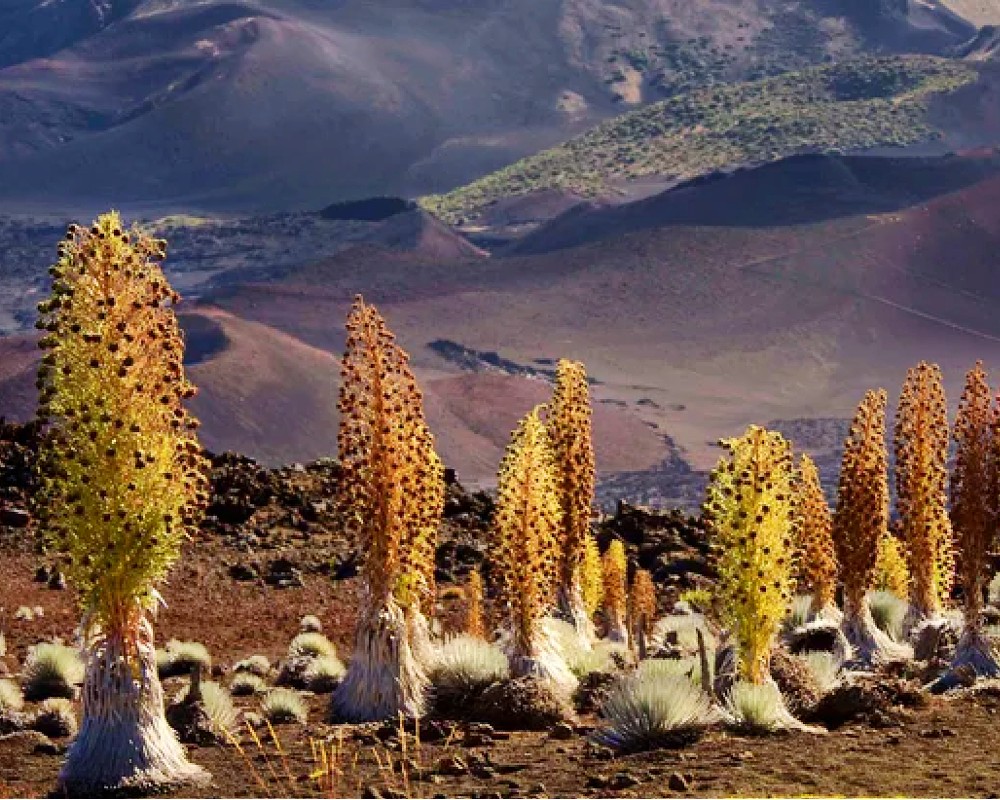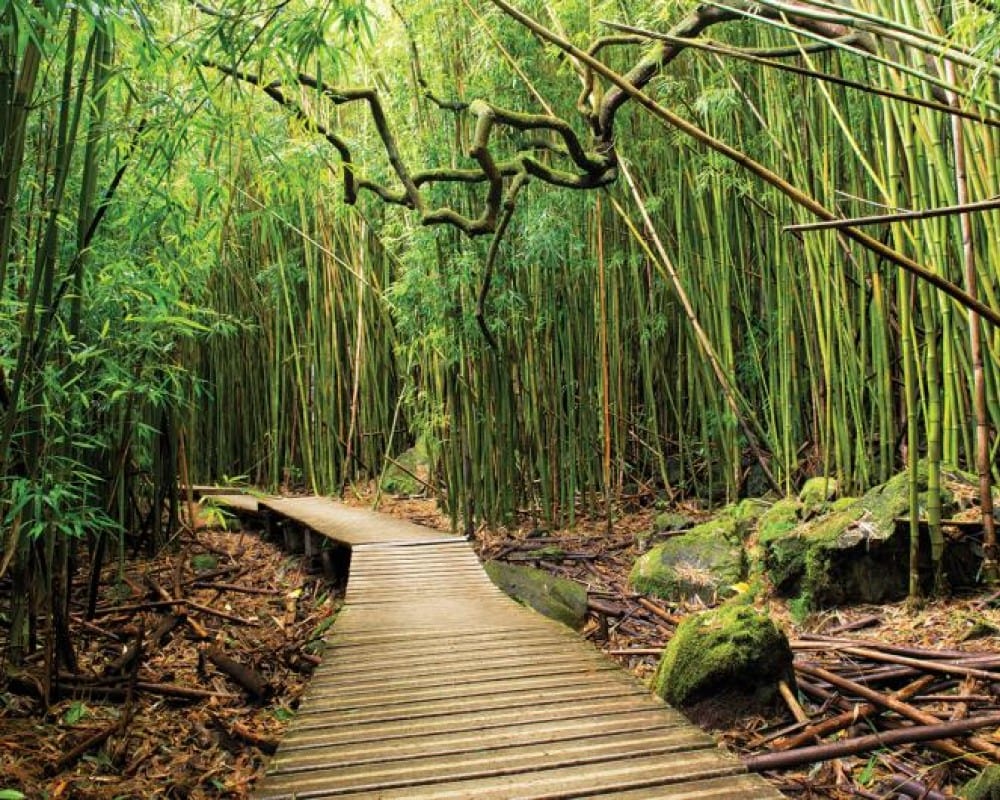
With an active but non-eruptive volcano in its heart, the vast Haleakala National Park in Maui, Hawaii, is full of nature galore. The ancient obsidian lava flow has layered on the massive valley, creating orange and red cinder cones. You can explore lush gulches, warm lagoons, bamboo forests, towering waterfalls, and many more. You can hike summits, bike trails, stargaze, run, experience panoramic sunrises, soak up sunsets, and so on. While the shores of the island are gloriously warm and sunny, temperatures start to drop dramatically as you ascend the slopes of the Haleakala volcano. With mind-boggling craters, stunning viewpoints, and scenic summits, the Haleakala National Park has much to offer. Here are the basics you need to know before hitting the road of Maui toward the national park.
Figuring Out the Logistics

Haleakala National Park is divided into two distinct districts, each with a different entrance separated by several miles of dense forest. The Summit District is the lunar-like part containing the dormant volcano and a massive valley dotted with rust-hued cinder cones or ‘pu’u.’ A geological wonder, this part of the park is home to rare flora and fauna species. The Coastal or Kipahulu District is located on the east side of the island and delivers a trapped-in-time quintessential Maui vibe with its cascading waterfalls, bamboo forests, and verdant gulches. If you want to cover both, exit out of the park after traveling one district and drive around the island to the other district’s entrance.
Getting to the National Park
You can reach the Summit District entrance of the Haleakala National Park from the major tourist spots in 50-90 minutes via the Haleakala Highway. The Kipahulu District is more remote and can be accessed by driving past Hana via the famous Hana Highway. Start early as the narrow and curvy road can be jammed with traffic. There are also great biking roads and mountain bike trails. Enthusiasts can contact Maui Cyclery for renting road bikes and related gear.
The Best Time to Visit

Visitors typically flock to the island of Maui as well as the Haleakala National Park during summer and winter. But if you choose the off-peak hours, anytime other than the sunrise and sunset, the park feels less crowded. The time of late fall, with the temperatures ranging between 50-60 degrees, delivers perfect weather for hiking, hitting the forest trails, and a clear sky to spot the unique natural wonder called the Brocken Spectre or the circular rainbow at the Rainbow Bridge viewpoint along the way of Halemau’u Trail.